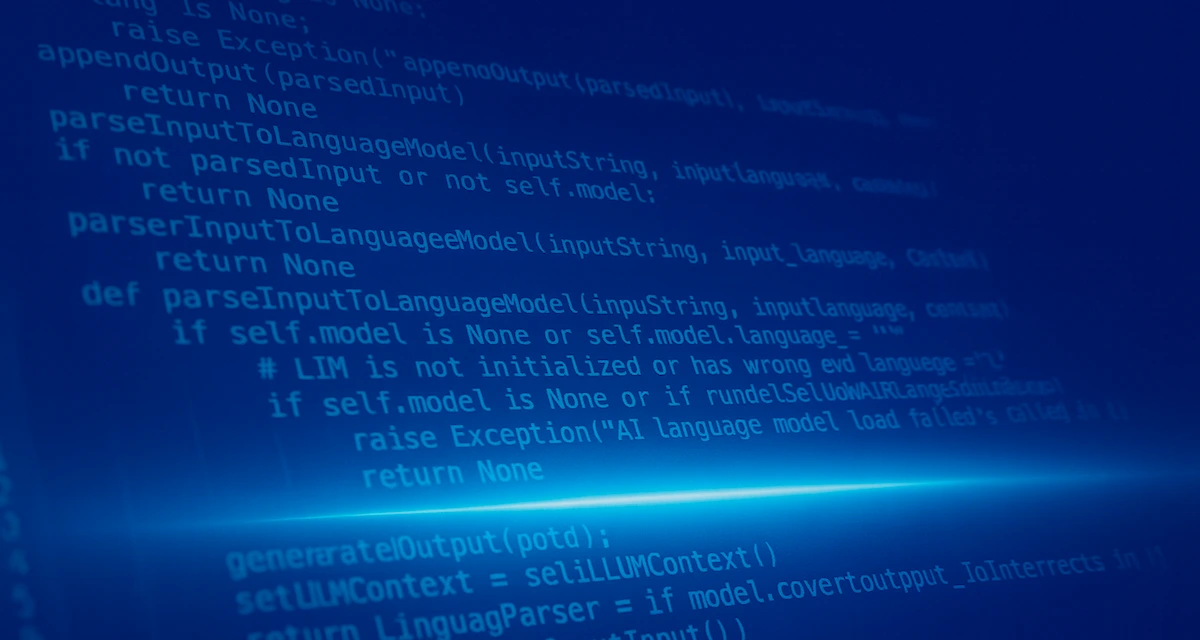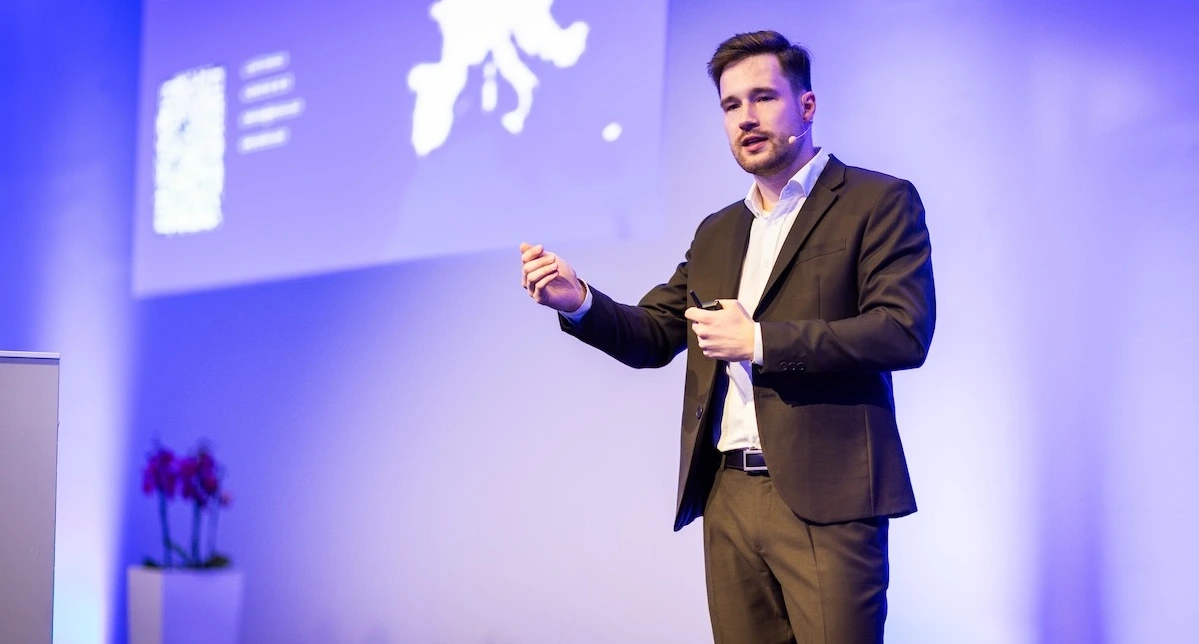A deeper look at total cost of ownership (TCO) in technology
When organisations invest in new technology, the upfront costs – especially hardware – often grab the most attention. Yet, this initial investment typically represents only a fraction of the total financial picture. Research indicates that hardware typically accounts for only about 20–30% of the overall costs associated with technology investments. The remainder includes management, maintenance, support, and numerous ongoing expenses. This broader view is encapsulated in the concept of total cost of ownership (TCO).
Why TCO is increasingly important
Businesses today are progressively shifting their focus away from immediate expenses, instead considering the entire lifecycle of their technology investments. Research highlights that organisations focusing on TCO experience fewer unexpected costs, more accurate budgeting, and greater long-term profitability.
Reducing TCO isn't solely about financial gains; it's also beneficial for the environment. Durable, long-lasting equipment reduces electronic waste and energy consumption, helping organisations meet sustainability objectives – a positive outcome both financially and environmentally.
Indirect costs such as downtime, lost productivity, and unexpected disruptions often get underestimated but significantly affect budgets, highlighting the need to include these considerations in comprehensive TCO analysis.
Breaking down TCO in technology
Evaluating TCO in your technological infrastructure involves more than just the initial purchase. Here’s what it typically includes.
- Acquisition costs: Hardware, software, transportation, taxes, and initial fees.
- Installation & Configuration: Labour, tools, and integration with existing systems.
- Maintenance & Support: Updates, troubleshooting, technical support, and daily operational needs.
- Training costs: Employee training to effectively use new technology.
- Energy use: Continuous operational electricity costs.
- Downtime & Outages: Costs associated with lost productivity when systems are offline or malfunctioning.
Hidden costs that impact ROI (Return on Investment)
While tracking direct purchases is straight forward, indirect or hidden costs frequently escape notice. Yet, these costs significantly affect overall returns and can include compliance-related expenses, recycling and disposal fees, environmental levies, data security risks, and costs related to equipment disposal at the end of its lifecycle. Not considering these aspects could substantially impact expected ROI. Evaluating TCO throughout the entire lifecycle of technology – from initial implementation to eventual retirement – helps clearly demonstrate the value and risks associated with different technology options, thus supporting informed decision-making and effective long-term planning.
How ACRIOS can help manage TCO
While TCO cannot be completely eliminated, it can be effectively managed and reduced through strategic solutions. A practical example is remote meter reading. Solutions such as ACRIOS retrofit converters enable remote data collection from traditional utility meters – including water, gas, heat, and electricity – without the need to replace existing equipment. By retrofitting traditional meters with these converters, standard meters become "smart." The converters support common communication protocols such as M-Bus, wM-Bus, and Modbus, and utilise efficient network technologies like LoRaWAN (based on LoRa technology) and NB-IoT (using mobile data networks). Converter-based solutions help organisations reduce operational costs, improve data accuracy, and scale operations efficiently. Additionally, these converters emphasise simplicity, quick installation, and minimal ongoing maintenance.
Areas where ACRIOS can support TCO savings
- Manual metering & Device replacement: Organisations can continue utilising existing equipment by converting manual readings to remote, avoiding unnecessary equipment replacements.
- Installation costs: Adaptable enclosure designs reduce installation time and labour.
- Maintenance: Built for durability, ACRIOS converters have optional battery life exceeding 10years, reducing maintenance frequency and cost.
- Training: Intuitive design and plug-and-play features minimise staff training time.
- Downtime: Reliable technology means fewer interruptions and sustained operational efficiency.
Strategically leveraging TCO for informed decisions
TCO serves as a valuable tool for strategic decision-making throughout the lifecycle of technology assets. Early-stage TCO analysis can quickly identify whether a project is worth pursuing, pivoting, or abandoning, ideally aiming for a total lifetime value significantly exceeding the TCO. It also aids organisations in securing appropriate budgets, ensuring sustainable support for technology assets from the start. Additionally, TCO facilitates robust architectural decisions by clearly highlighting the costs and assumptions involved, enabling transparent comparison of different solutions. Finally, regular TCO assessments provide evidence-based insights for end-of-life decisions, helping determine when it's financially prudent to retire or replace underperforming technology.
Final thought: Consider beyond the initial cost
When investing in technology, looking beyond the initial purchase price to fully understand and manage TCO offers more sustainable, effective outcomes. By thoughtfully considering TCO, businesses can enhance efficiency, stability, and profitability over the long term.
Need help with your technology solution and its TCO? Reach out to our team.




.webp)


